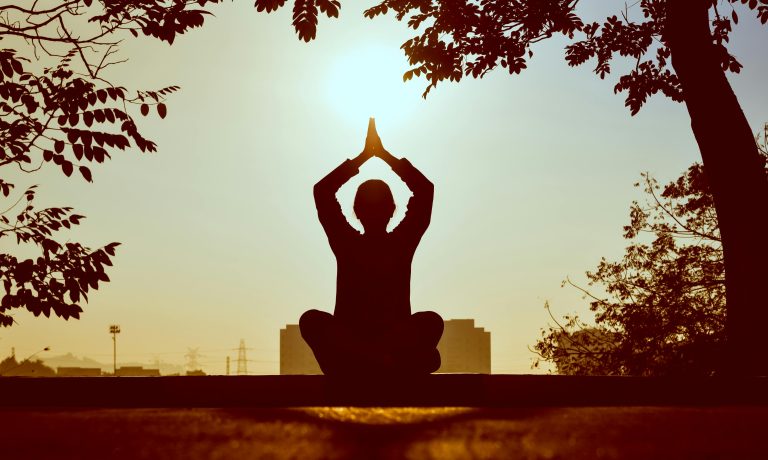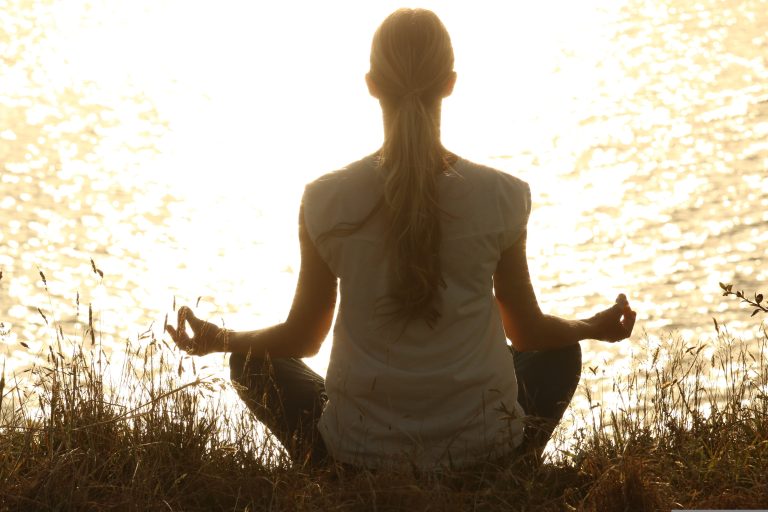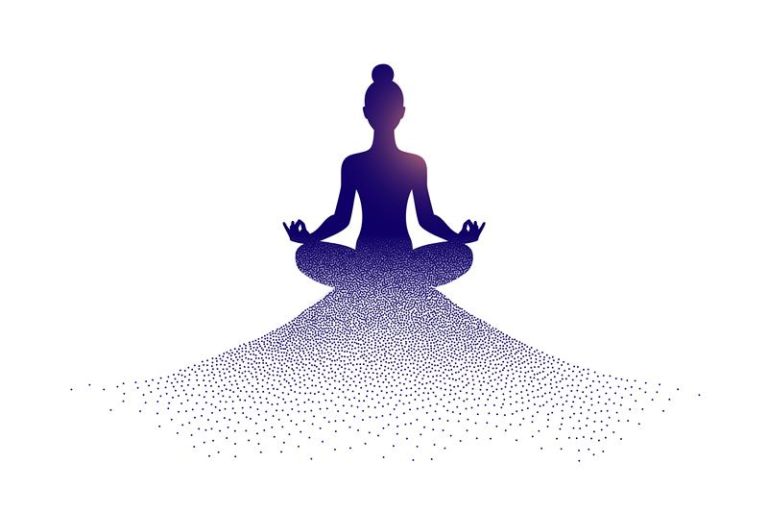The popularity of yoga in the United States is at an all-time high. According to survey data from the Center for Disease Control & Prevention, 1 in 6 adults in the US practice yoga via online yoga consultation services. Yoga’s myriad, long-lasting benefits have long been firmly established, with research showing a remarkable impact on relieving mental stress, physiological injuries, headaches, weight loss, anxiety and depression, and chronic ailments.
If you, too, are looking forward to making yoga part of your daily health regimen, then proper guidance is one of the first things you need. What are the different kinds of yoga practices and postures? How do we engage in them safely? Which practices are recommended, and which are prohibited for specific health conditions?
This blog outlines the most popular yoga postures & practices among the US demographic, along with tips on how to practice them safely. Let’s get started.

A Bit about Yogic Practices
Now, you might be wondering whether yoga is really for you. Well, yoga is for everyone. Whatever one’s age, lifestyle, or level of fitness, anybody can practice yoga. There’s no need to be overly flexible or have a certain body type. The will to improve one’s health & well-being is what’s most important as you embark on a journey to improve your flexibility, stamina, balance, strength, concentration, and overall well-being.
A strong mental fortitude and the right kind of guidance are all a beginner needs to get started. And that is what Get Well & Strong provides at some of the most pocket-friendly prices ever! Book online consultations & classes with certified practitioners get access to guides, and more.
Understanding the 8 Limbs of Yoga
As a beginner, your guide will encourage you to do plenty of stretching and strengthening as well as elevating your focus & discipline. According to the classical text on yoga, the Yoga Sutras of Patanjali, there are eight limbs of yoga. Each of the following eight limbs addresses a different aspect of the yogic path –
1. YAMA
This is the first limb of yoga and refers to restraints & moral disciplines. It purports concepts like ahimsa (non-violence), Satya (truthfulness), asteya (contentment), brahmacharya (emotional restraint), and aparigraha (non-greed).
Yoga isn’t just about physical wellness but overall well-being. Imbibing these ideas and practices is key to achieving holistic well-being, physical, mental, and spiritual.
2. NIYAMA
The second limb refers to maintaining certain personal disciplines with conviction. There are five niyama that include saucha (cleanliness), Santosh (cleanliness), tapas (discipline), svadhyaya (self-reflection), and isvarapranidaha (surrendering to a higher power). The chief purpose of any niyama is to help build internal character and mental strength.
3. ASANA
This refers to the physical aspect of yoga. While there are numerous asanas in yoga, ancient texts emphasize the postures that a practitioner can hold comfortably and with stability. The asana limb of yoga encourages one to listen to their body, understand their own abilities & capacities, and gradually work on improving them.
4. PRANAYAMA
The term ‘prana’ means life source or energy. In practice, it focuses on breath control or breath liberation. According to yogic traditions, the physical act of working with different breathing techniques is believed to alter our mind and state of being.
5. PRATYAHARA
This aspect of yogic practice revolves around withdrawing from the outer world to one’s inner self. The practice involves changing our state of mind by withdrawing our senses from external stimuli, the past, the future, and any distractions, and concentrating only on the present. When practicing, you will find pratyahara to be closely aligned with pranayama as you will be focusing on your breathing to calm and relax your mind.
6. DHARANA
The term dharana means focused concentration. Closely linked to pratyahara and pranayama, this yogic limb emphasizes withdrawing our senses and ourselves from any external activity and focusing intently on something that aids in concentrating on the task at hand.
7. DHYANA
The seventh limb pertains to meditative absorption, where one is completely in focus with their meditation. When you are in dhayana, your consciousness and subconsciousness are both aligned and attuned to a meditative state.
8. SAMADHI
The final limb, samadhi, means bliss or enlightenment. One attains this state of bliss after they have reorganized their relationship with the outside world as well as the inner world. This is the state of realization, where one understands the true meaning of the life they are living and the life around them. They see everything equally and without any kind of disturbance, likes or dislikes, the need to judge, or any attachment.
The idea of yoga is rooted in the idea of purity in both the mind, body, and spirit. Only then can yogic practices bring about a profound impact and help one achieve holistic wellness.
The Most Popular Yoga Practices of Today
a. Hot or Bikram Yoga
Hot yoga, an extremely popular variant across the USA, is a vigorous form of yoga practiced in hot and humid conditions. It combines physical poses, controlled breathing, meditation, and finally, relaxation. Regular practice has been found to lower stress, reduce blood pressure, and curb anxiety, palpitations, & heart-related problems.
b. Power Yoga
Power yoga involves partaking in high-intensity and vigorous physical activities. It is a variant of hatha yoga, one of the most popular types of yoga in the USA and focuses on building strength & endurance by practicing challenging positions.
c. Hatha Yoga
Hatha yoga is all about balancing the mind with the body. It typically involves practicing a set of physical postures and breathing techniques. This form is typically practiced slowly and with more static position holds than most other yoga forms.
d. Vinyasa Yoga
The hallmark of Vinyasa yoga is the organic flow of breath and movement. The form eschews the slow-paced & restorative actions of other forms and, instead, involves moving quickly from one pose to the next in a smooth flow. Every movement in vinyasa yoga is to be in sync with every inhale and exhale.
e. Ashtanga Yoga
A dynamic and athletic variant of Hatha yoga, it focuses on flowing transitions between different postures alongside focusing on breathing and energetic movements. Ashtanga yoga can seem quite a bit physically strenuous but is an excellent way to attain mental clarity and inner peace.
f. Yin Yoga
Yin yoga involves a series of long-held postures and exercises that work the lower portion of the body primarily. Routine practice improves the functioning of the connective tissues in the hips, pelvis, inner thighs, and lower spine. These postures are followed by asana during which muscles are relaxed to avoid any muscle spasms.
Final Thoughts
Starting your yoga journey can feel overwhelming. It will take some serious hard work, dedication, and consistency to attune to all the different routines, postures, and practices. Put in the effort and you will find yourself building strength, flexibility, and mindfulness. Embark on a unique journey toward health & wellness with the professional Yoga practitioners at Get Well & Strong. Take the first step under their guidance and embrace the peace and balance yoga brings to your life. Namaste!
How Can We Help?
Get Well & Strong is here to show you the path to yogic bliss. Connect with certified yoga experts who are here to guide you and provide tailored plans suited to your lifestyle, health goals, and needs. Click to book a consultation now!




